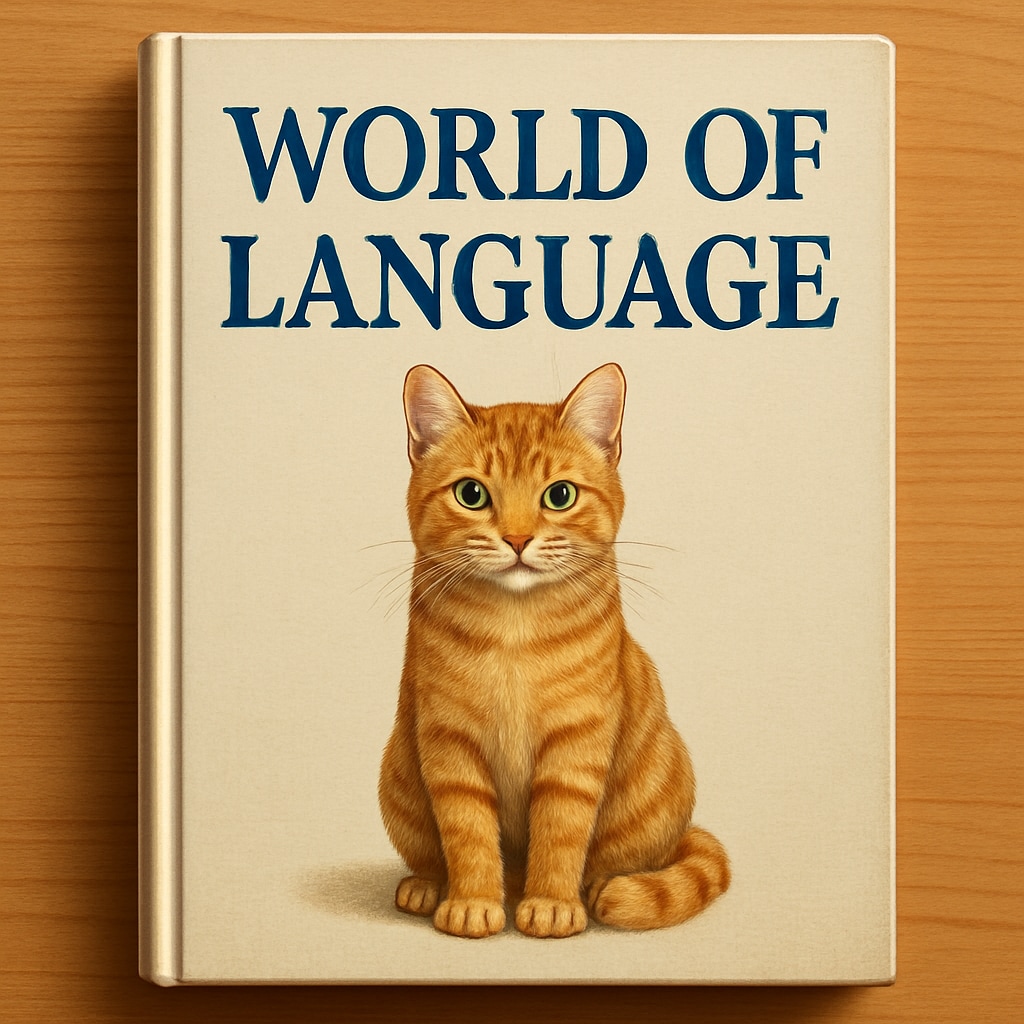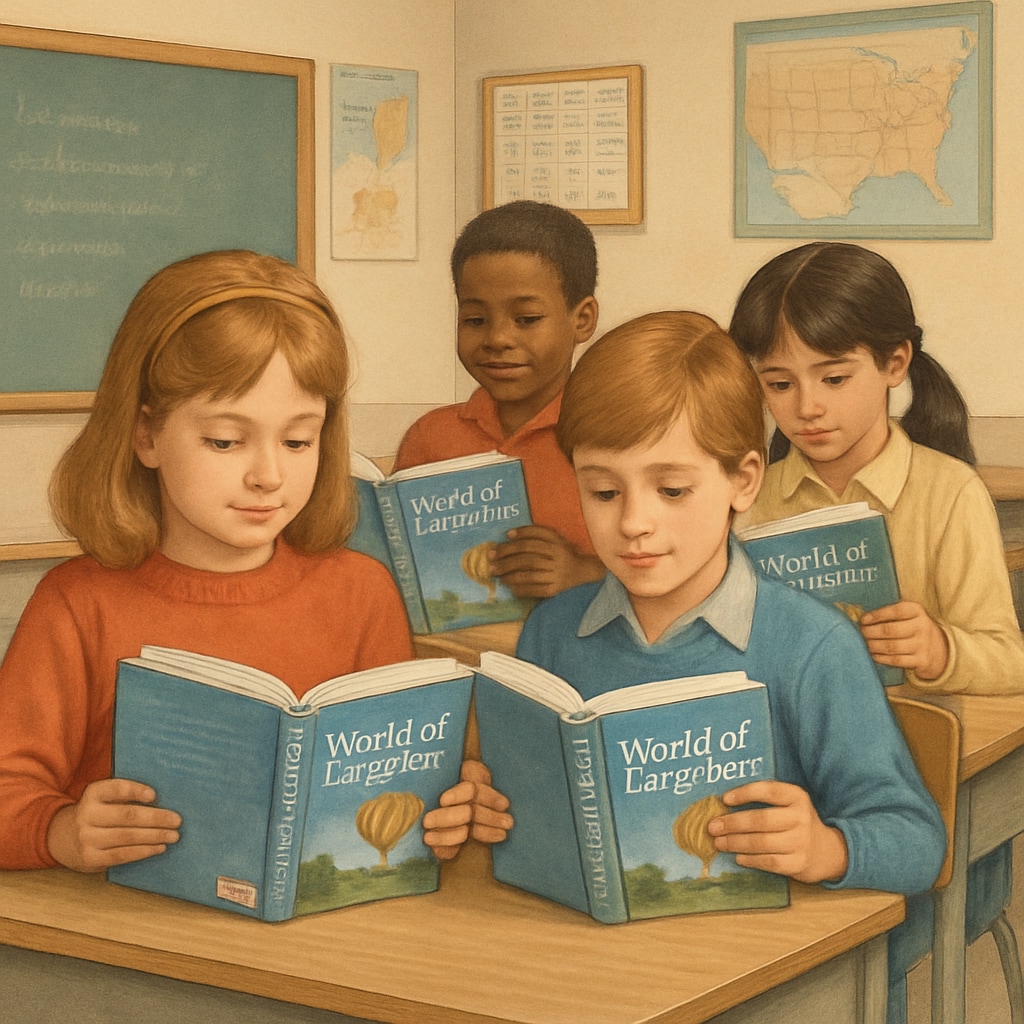The “World of Language” elementary school textbooks, especially the third-grade edition adorned with the unmistakable cat on the cover, hold a cherished place in the memories of many students. These textbooks, with their systematic teaching methods and engaging content, played a pivotal role in developing language literacy among young learners. In an era where digital resources dominate language education, revisiting the timeless wisdom of this series offers valuable insights into the art of scientific reading and structured learning.
The Iconic Cat Cover: A Gateway to Language Mastery
For those who grew up with the “World of Language” series, the third-grade textbook is particularly memorable, thanks to its charming cover design featuring a cat. However, the appeal of these books went far beyond their covers. The series was meticulously designed to foster reading, writing, and critical thinking skills in young learners. Each chapter seamlessly balanced storytelling, grammar exercises, and creative writing prompts, ensuring a holistic approach to language education.

One of the standout features of these textbooks was their ability to present complex language concepts in an accessible and engaging manner. For example, grammar rules were often introduced through relatable narratives or illustrations, making them easy to grasp. As a result, students developed a strong foundation in language mechanics while also cultivating a love for reading.
Lessons from the Past: Educational Insights for the Digital Age
In the modern era, where language learning apps and online resources are ubiquitous, the structured approach of “World of Language” remains a gold standard. Unlike many digital platforms that focus on quick results, this series emphasized depth and consistency. Each lesson built upon the previous one, creating a cumulative learning experience.
Additionally, the series excelled in integrating scientific reading principles. For instance, students were encouraged to analyze the structure of sentences, identify themes in stories, and articulate their thoughts through written assignments. These practices not only enhanced linguistic skills but also nurtured cognitive abilities such as problem-solving and analytical thinking.

Today’s educators can draw inspiration from this classic series by incorporating its key elements into contemporary teaching methods. For example:
- **Systematic Progression:** Structure lessons so that each builds on the previous one, ensuring a comprehensive understanding of language concepts.
- **Engaging Content:** Use storytelling and interactive exercises to make learning enjoyable and memorable.
- **Critical Thinking:** Encourage students to analyze and interpret texts, fostering deeper engagement with the material.
The Enduring Legacy of “World of Language”
While the “World of Language” series may no longer be widely used, its impact on generations of learners is undeniable. The textbooks instilled not just language skills but also a sense of curiosity and a love for learning. Their legacy serves as a reminder of the importance of well-crafted educational resources in shaping young minds.
As we navigate the ever-evolving landscape of language education, revisiting classics like “World of Language” can provide valuable lessons. By blending traditional teaching methods with modern tools, educators can continue to inspire and empower students in their journey toward language mastery.
Readability guidance: The article uses short paragraphs and clear subheadings to ensure easy navigation. Lists are included to summarize key points, and transitional phrases are used throughout for smooth reading. Passive voice is minimized, and sentence length is kept concise for better engagement.


